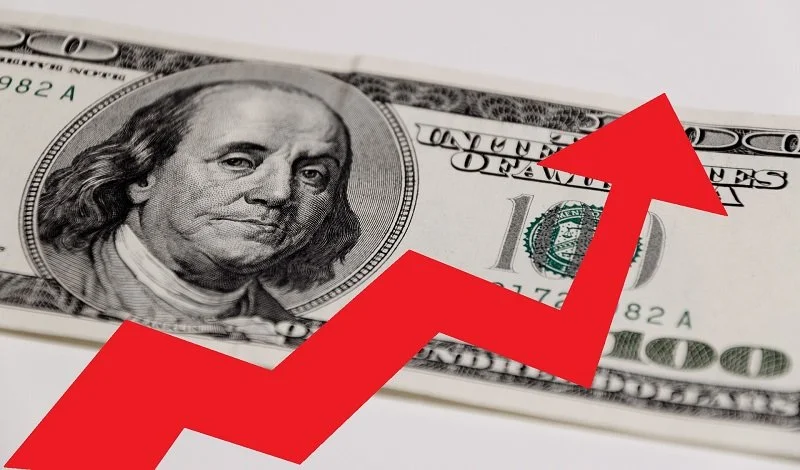Inflation: The Great Pandemic Pricing Reset
Inflation: The Great Pandemic Pricing Reset
We tend to think of inflation in the context of modest annual price increases that drive up the cost of living. Each year the price of what we buy rises by a few percent. Salaries and charges for services are increased to match or exceed this.
The speed at which inflation has risen to current 40-year highs has been rapid. The significant jump in prices is not just about the rising costs of materials, gasoline, wages, or supply chains. With the U.S. economy largely humming along, we are experiencing a post-pandemic reset of prices – based not only on what things cost to produce, but also what companies think consumers or clients are prepared to pay. It is the free market at work.
Here’s just one of many examples that illustrates the point. Last year I bought a 50-pound bag of Kentucky grass seed for around $69. This year, when I went in to buy the same seed at the same store, it was $99.
I went down the seed pricing rabbit hole. The reasons for the price increase includes drought in Oregon, increased transportation costs, and demand for seed during the pandemic depleting reserves. No matter how we look at the contributing factors, a 40% price increase at a time when inflation is 8%, is a reset.
As I was researching this article, I heard again and again people share examples where the cost of goods and services have increased dramatically. A medical procedure, for example, was more than five times higher than a year ago. Even the dollar store is now the $1.25 store.
We should not be surprised that companies are taking the opportunity to reset prices. We have been through an abnormally long period of ultra-low inflation. The challenges of COVID-19 provided the most recent “gravity” that continued to keep the lid on price increases.
The economic recovery, fueled by fiscal stimulus, has provided the shake to the soda bottle of the U.S. economy that has blown off its lid. Prices are exploding and will do so until they find a new balance. This may happen far more quickly than some imagine.
Did I buy the $99 bag of grass seed? No. I did buy a 15-pound bag with a far higher margin for the seed company. But I wasn’t happy. Sticker shock made me look at other options. This is happening across the economy.
If Fed chair Jay Powell’s original thesis that high inflation will, in fact, be relatively short-term, it will be easy for those increasing prices to get ahead of their skis. Economist Paul Krugman just made the point in The New York Times that inflation was likely to drop faster than most imagine because of the transitory accelerant of the bullwhip effect impacting costs at the end of supply chains.
Misreading the market’s capacity for price increases, only to find consumers and clients pushing back, and looking elsewhere for products or services, is a distinct possibility.
Agencies or individuals considering changes to what they charge will need to take this into account. Communicators will need to think long and hard - just because you can, doesn’t mean you should. There is a narrow and very difficult line to walk.
With the COVID-19 stimulus punchbowl having been taken away, consumer and corporate budgets are much more fragile than they may seem. This is reflected in a significant drop in a recent survey of CEO confidence in the economy since the beginning of the year. As the Fed raises interest rates, consumer buying-power will wane. The buyers of services could whipsaw from plenty to poverty.
Companies and agencies face tough choices in the coming months. Considering their own pricing resets will be just one of the bottom-line, operational and reputational challenges they face in a rapidly shifting economic landscape in which inflation is currently the defining feature.
Simon Erskine Locke
About the Author: Simon Erskine Locke is founder & CEO of communications agency and professional search and services platform, CommunicationsMatch™, and a regular contributor to CommPRO.biz. CommunicationsMatch’s technology helps clients search, shortlist and hire agencies and professionals by industry and communications expertise, location, size, diversity and designations. CommunicationsMatch powers PRSA’s Find a Firm search tools, and developed the industry’s first integrated agency search and RFP tools, Agency Select™.



